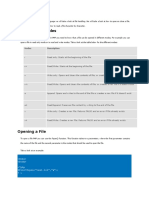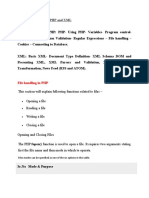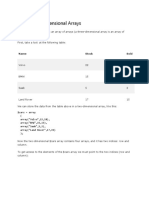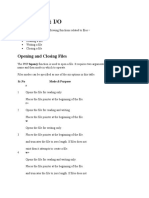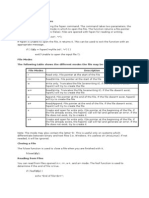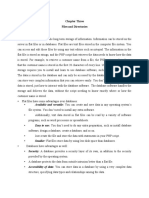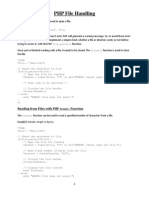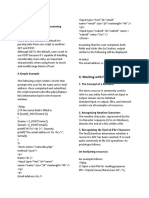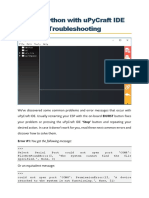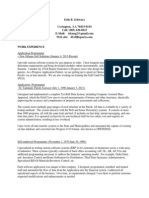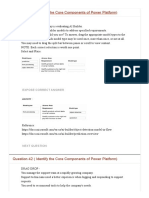0% found this document useful (0 votes)
4 views12 pagesPHP File Handling
This document covers PHP file handling and cookie/session management. It explains functions for creating, reading, and writing files, such as readfile(), fopen(), fread(), and fwrite(), along with their usage examples. Additionally, it introduces cookies and sessions, detailing how to create, modify, and delete cookies, as well as how to manage session variables across multiple pages.
Uploaded by
kmgCopyright
© © All Rights Reserved
We take content rights seriously. If you suspect this is your content, claim it here.
Available Formats
Download as DOC, PDF, TXT or read online on Scribd
0% found this document useful (0 votes)
4 views12 pagesPHP File Handling
This document covers PHP file handling and cookie/session management. It explains functions for creating, reading, and writing files, such as readfile(), fopen(), fread(), and fwrite(), along with their usage examples. Additionally, it introduces cookies and sessions, detailing how to create, modify, and delete cookies, as well as how to manage session variables across multiple pages.
Uploaded by
kmgCopyright
© © All Rights Reserved
We take content rights seriously. If you suspect this is your content, claim it here.
Available Formats
Download as DOC, PDF, TXT or read online on Scribd
/ 12









